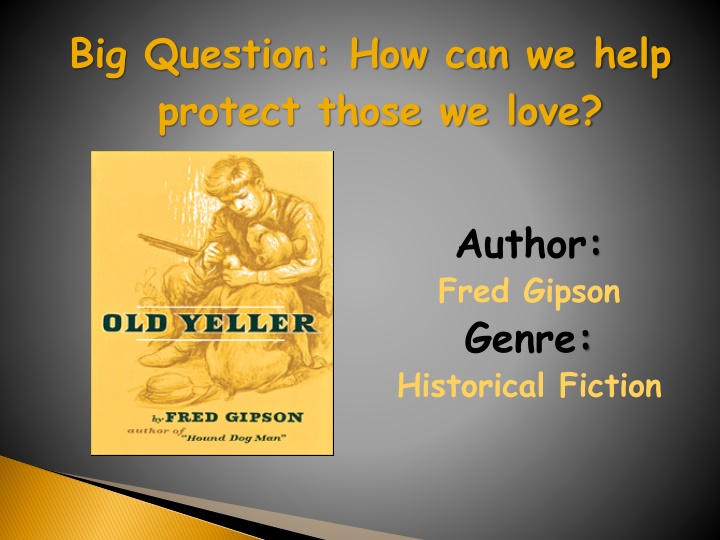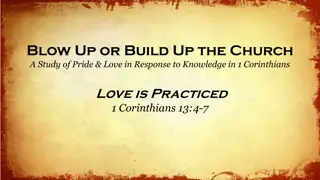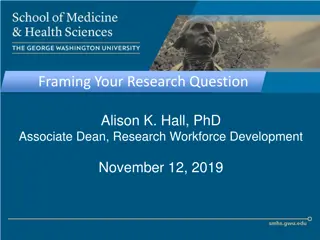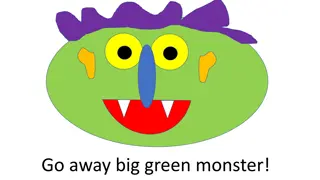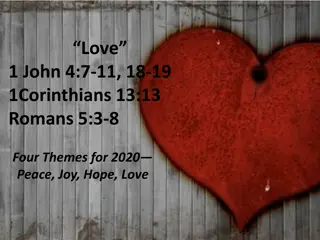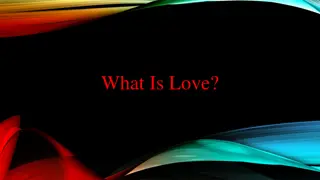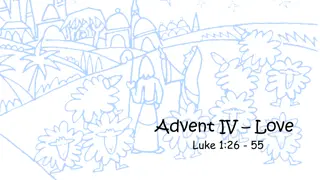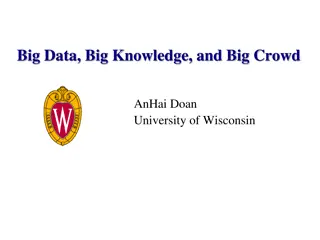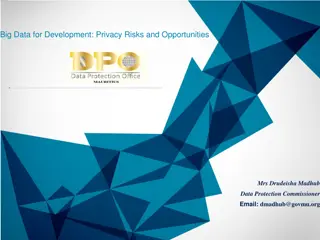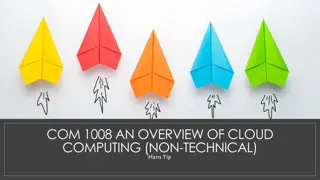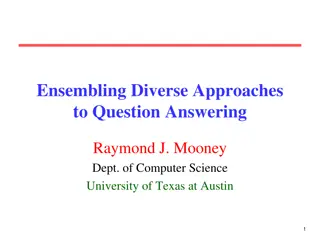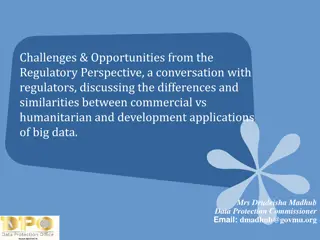Big Question: How can we help protect those we love? Author:
In the quest to safeguard our loved ones, explore the theme of protection in Fred Gipson's historical fiction work. Delve into the nuanced strategies and sacrifices required to keep our beloved safe from harm. Through vivid vocabulary and depictions of heroism, discover the essence of safeguarding cherished individuals.
Download Presentation

Please find below an Image/Link to download the presentation.
The content on the website is provided AS IS for your information and personal use only. It may not be sold, licensed, or shared on other websites without obtaining consent from the author.If you encounter any issues during the download, it is possible that the publisher has removed the file from their server.
You are allowed to download the files provided on this website for personal or commercial use, subject to the condition that they are used lawfully. All files are the property of their respective owners.
The content on the website is provided AS IS for your information and personal use only. It may not be sold, licensed, or shared on other websites without obtaining consent from the author.
E N D
Presentation Transcript
Big Question: How can we help protect those we love? Author: Fred Gipson Genre: Historical Fiction
lunging nub romping rowdy slung speckled Vocabulary Words
hero someone admired for bravery, great deeds, or noble qualities rescue to save from danger saved - protected from danger
lunging moving forward suddenly nub a lump or a small piece romping playing in a rough, boisterous way rowdy rough; disorderly; quarrelsome slung thrown , cast, or hurled speckled - marked with many small spots
answered answering traveled traveling chopped chopping qualified qualifying panicked panicking interfered interfering omitted omitting magnified magnifying patrolled patrolling skied skiing mimicked mimicking dignified dignifying staggered staggering
answered answering traveled traveling chopped chopping qualified qualifying panicked panicking interfered interfering omitted omitting magnified magnifying patrolled patrolling skied skiing mimicked mimicking dignified dignifying staggered staggering
answered answering traveled traveling chopped chopping qualified qualifying panicked panicking interfered interfering omitted omitting magnified magnifying patrolled patrolling skied skiing mimicked mimicking dignified dignifying staggered staggering
The setting is very important to the events in some stories, while it may be unimportant in other stories. In general, the more a setting is described and the more the characters interact with the setting, the more important the setting is to the plot.
Point of view is the perspective from which an author presents the actions and characters in a story. The two main points of view are first person (the narrator is a character in the story) and third person (the narrator is not a character in the story).
In first-person point of view, the narrator refers to himself or herself as I. In third-person point of view, the narrator refers to all the characters, including himself or herself, as he, she, or they.
You can use base words and word endings to help determine the meaning of unfamiliar words. Identify the base word and ending of each italicized word in the chart. They use context clues, and if necessary, a dictionary to determine each word s meaning.
Graphic organizers have many uses. A KWL chart is a three-column chart in which you list what you know, what you want to know, and what you learned about a topic. K K (What do you know?) W W (What would you like to learn?) L L (What did you learn?) (What do you know?) (What would you like to learn?) (What did you learn?)
A web diagram is a group of connected circles or ovals. It is used to highlight a central concept and connect it to related details.
A Venn diagram consists of two overlapping circles or ovals. It is used to compare and contrast topics.
A time line shows a series of dates and events in chronological order. Events Dates
A T-chart is an open, two-column chart. It is often used to explore or compare two topics.
